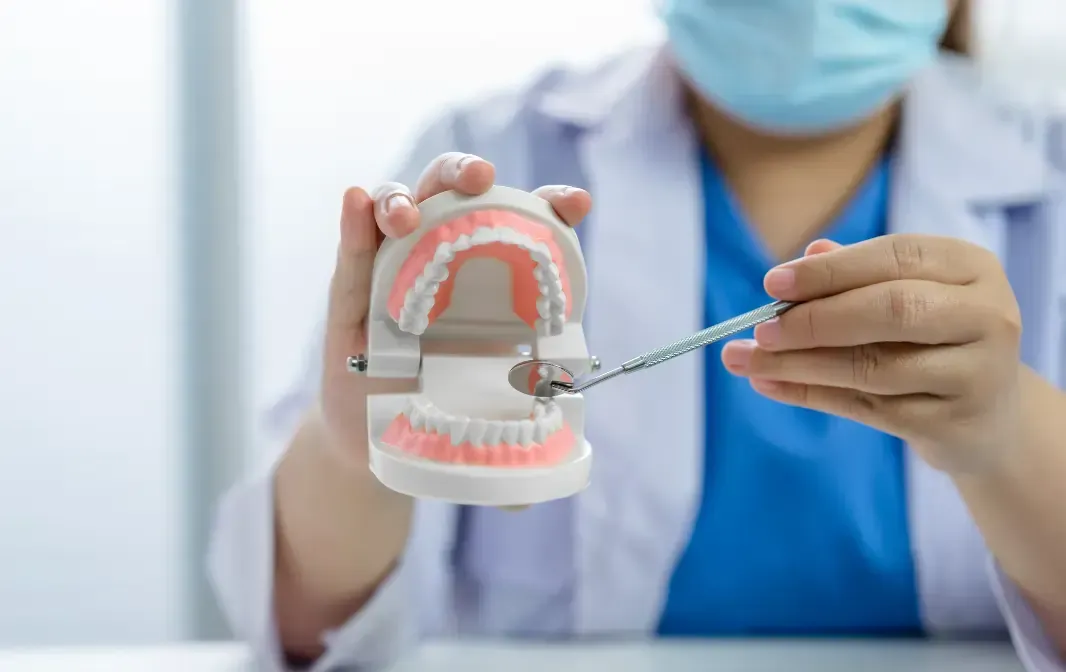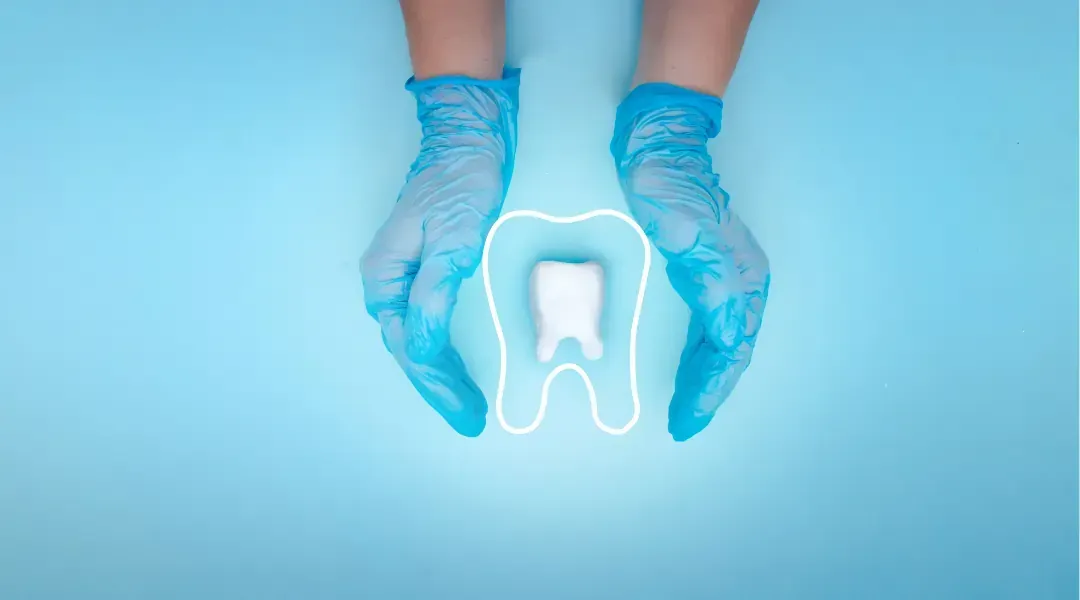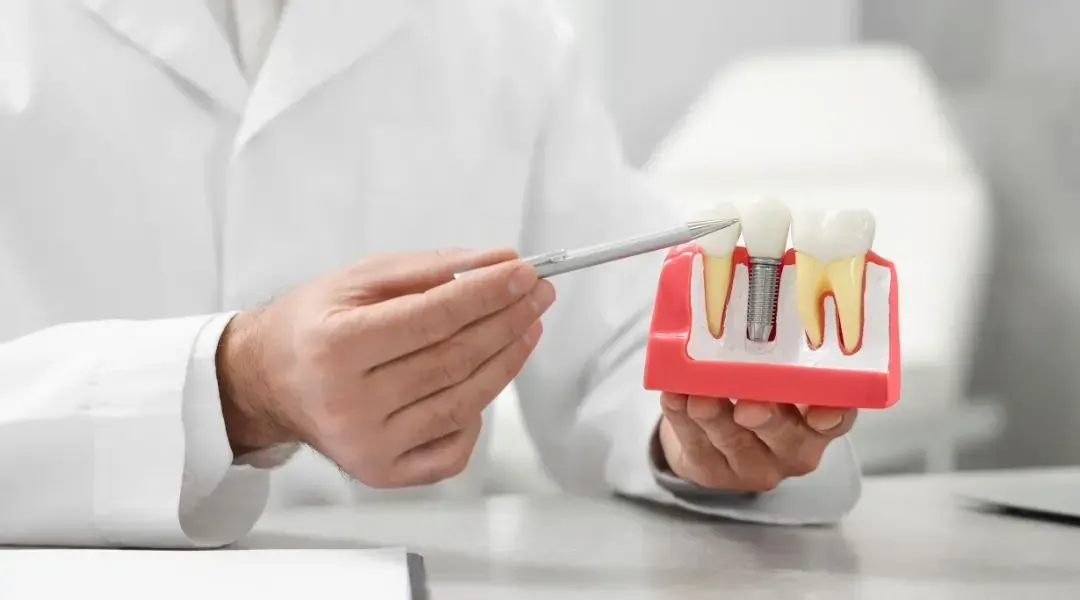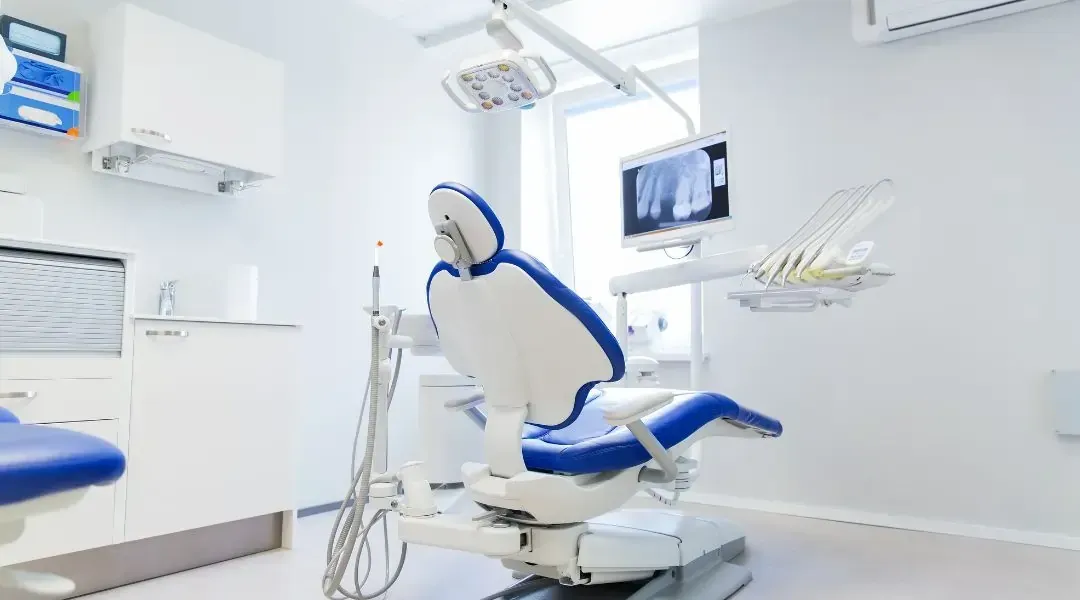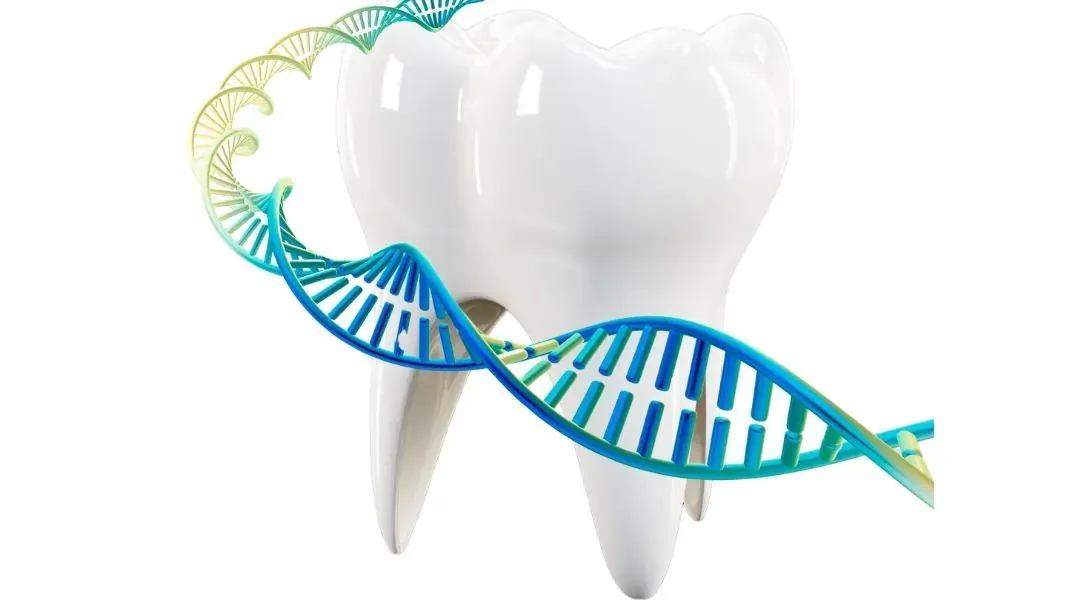3 Facts About Periodontitis
Periodontitis, or gum disease, is a potentially very serious disease that can affect those who do not maintain proper oral hygiene. Having healthy gums is very important for not only your mouth, but also your overall health.
Here are three facts about periodontitis.
1 – Periodontitis affects your body
Gum disease can cause you to lose a tooth or teeth, but did you know that it is also linked to these other conditions?
- Heart disease
- Respiratory disease
- Rheumatoid arthritis
- High blood sugar if you have diabetes
It is so important to have healthy gums and teeth to prevent potentially more serious conditions.
2 – Some people are more at risk for periodontitis
While overall, periodontitis is largely preventable, there are certain people who will be more at risk for gum disease due to lifestyle or habits.
You may be at a higher risk for periodontitis if you…
- Have gingivitis
- Have lacking oral hygiene habits
- Are pregnant or breastfeeding
- Are going through menopause
- Have a vitamin C deficiency
- Smoke or chew tobacco
- Have diabetes, Crohn’s disease, or rheumatoid arthritis
- Use recreational drugs
If any of the above apply to you, it is vital that you take proper care of your mouth by brushing twice a day, flossing daily, and going to the dentist regularly.
3 – Periodontitis has a lot of symptoms
You may think that there is not really any way to know if you have gum disease or not. Sure, if it is in very early stages you might not know. However, the worse it gets, the more symptoms you will see.
Here are some of the common symptoms of periodontitis:
- Having swollen or puffy feeling gums
- Having discolored gums (think bright red or purple)
- Having gums that are tender to the touch
- Having gums that bleed
- Having gums that are receding
- Having pain while chewing
- Having bad breath
- Seeing blood after flossing or brushing your teeth
Periodontitis can be very serious if left undiagnosed and untreated. Make sure to schedule regular dental appointments to have your gums checked!

